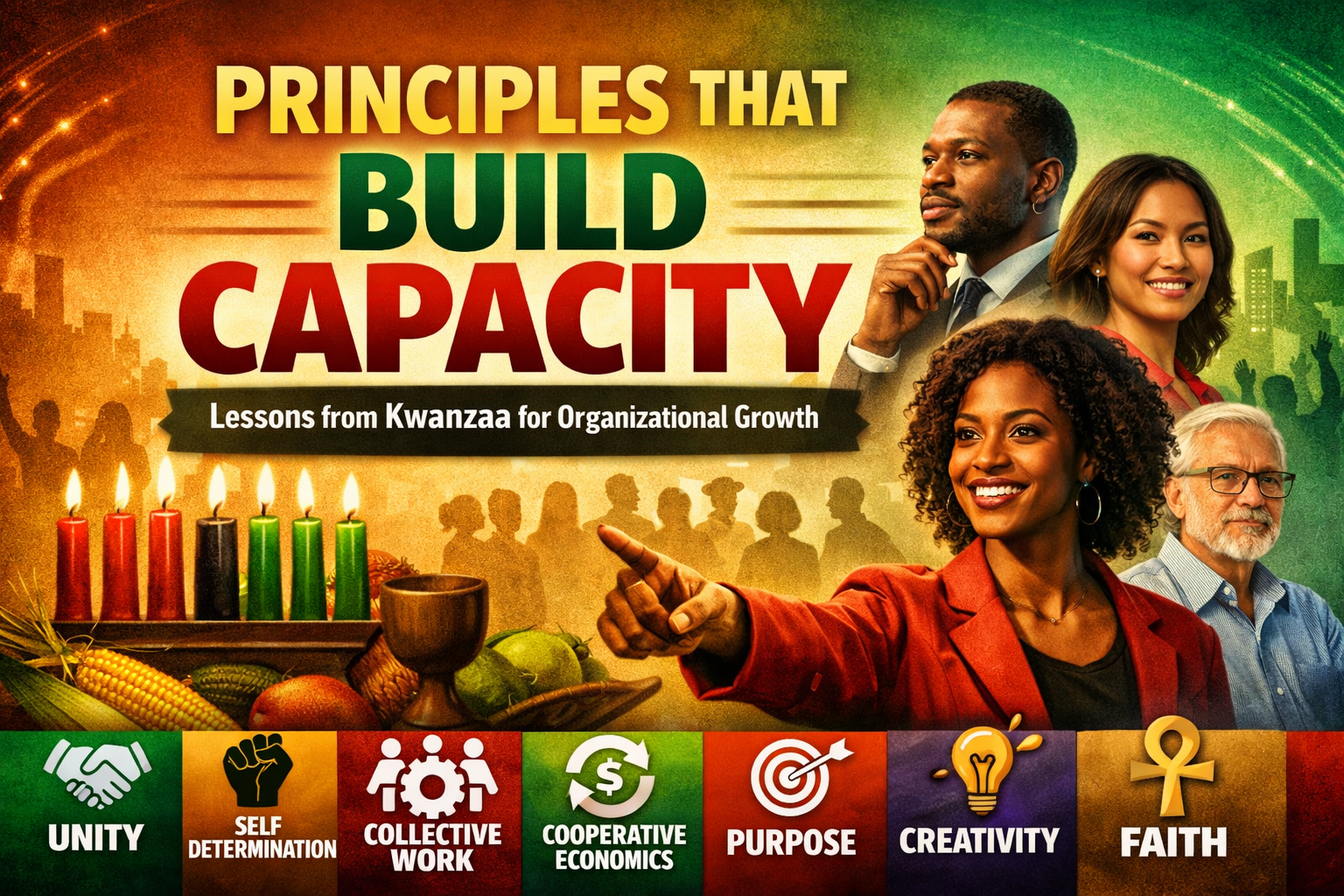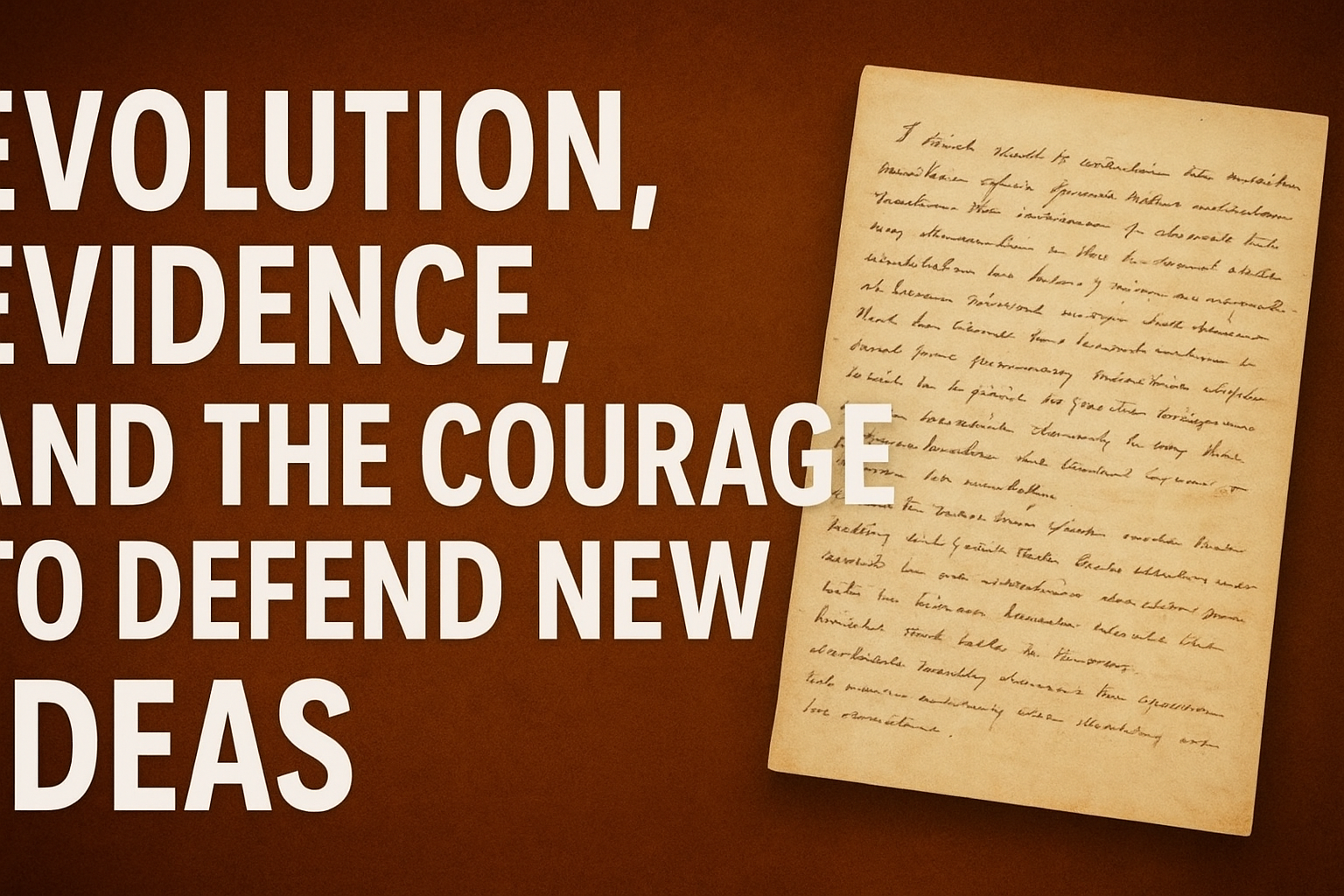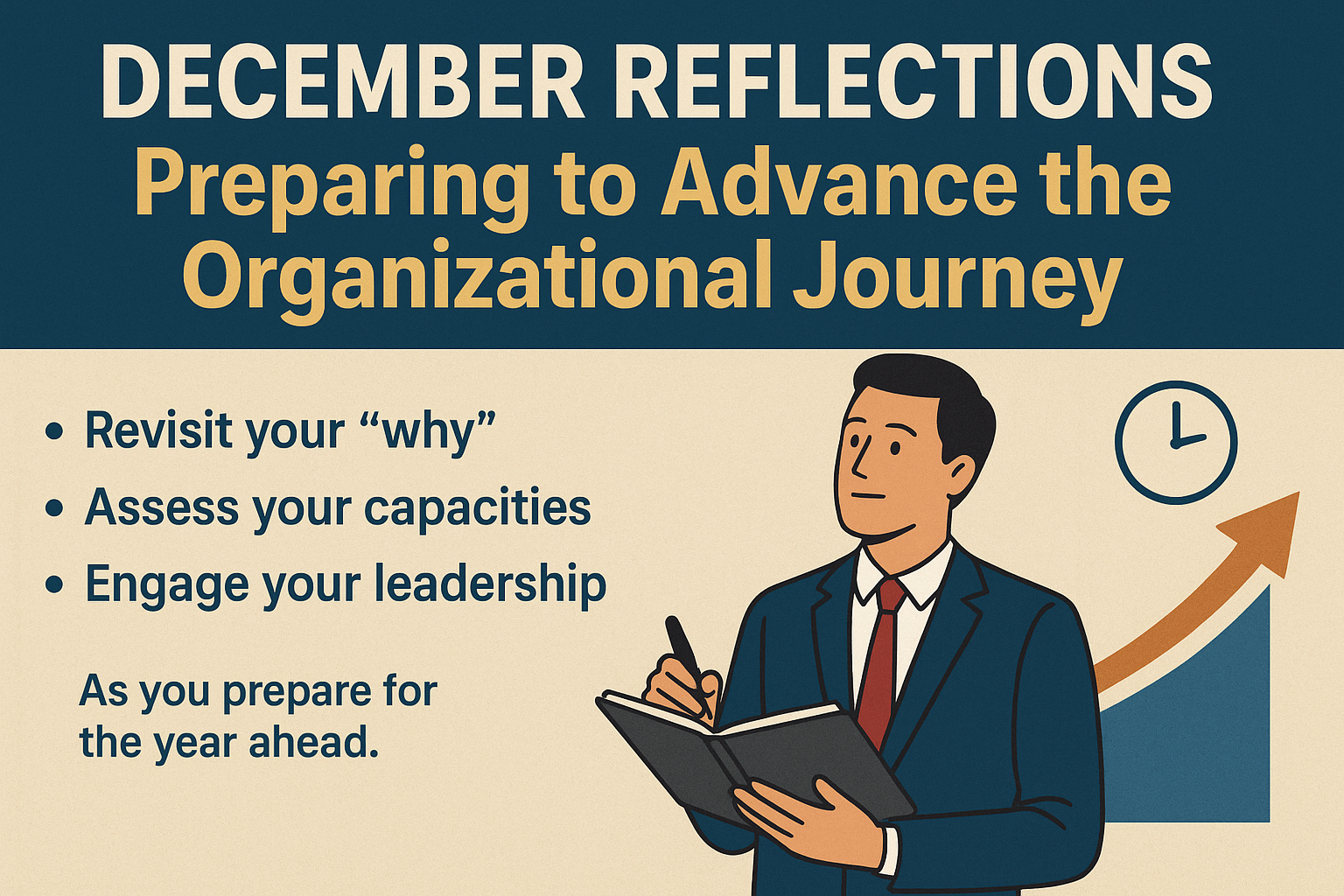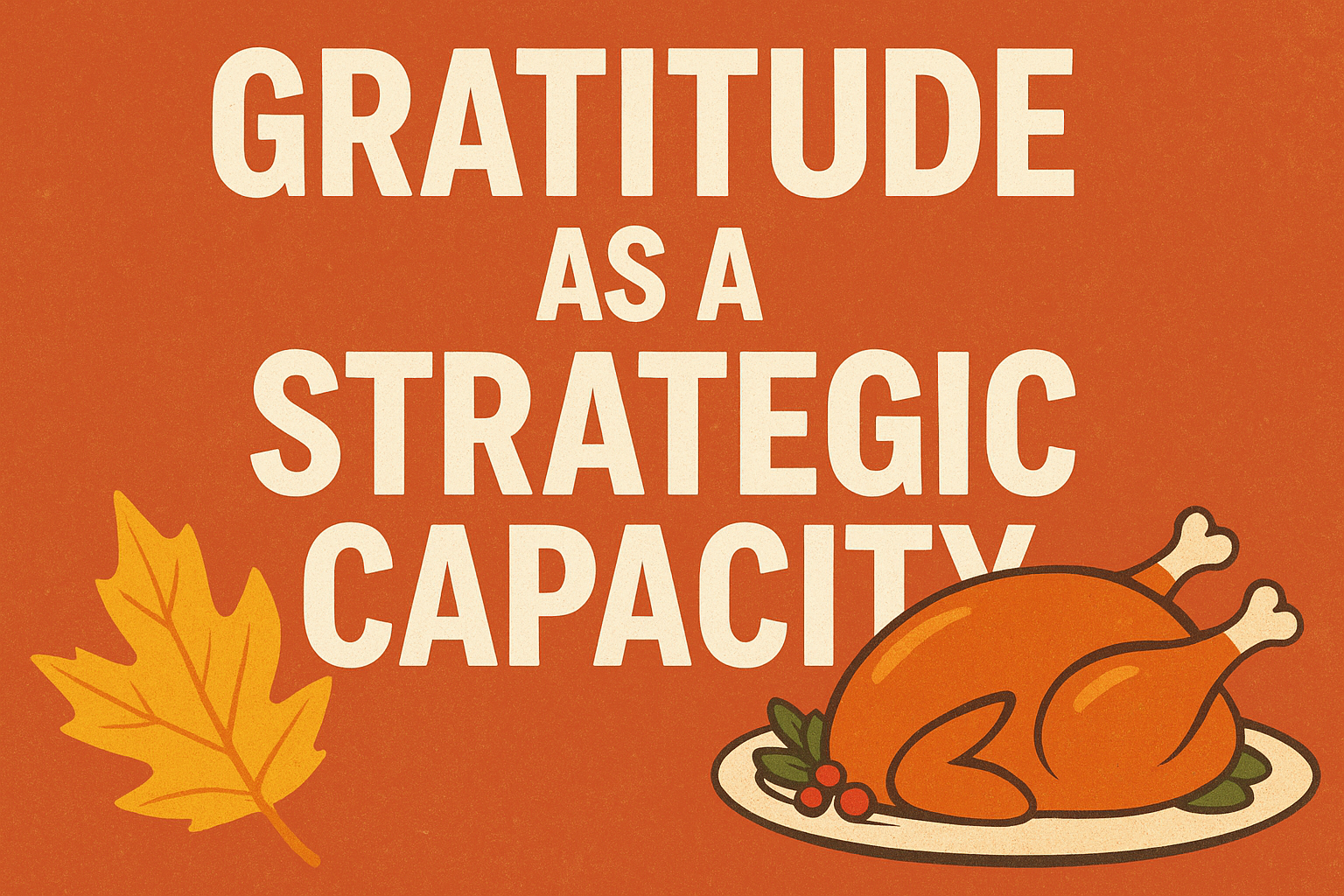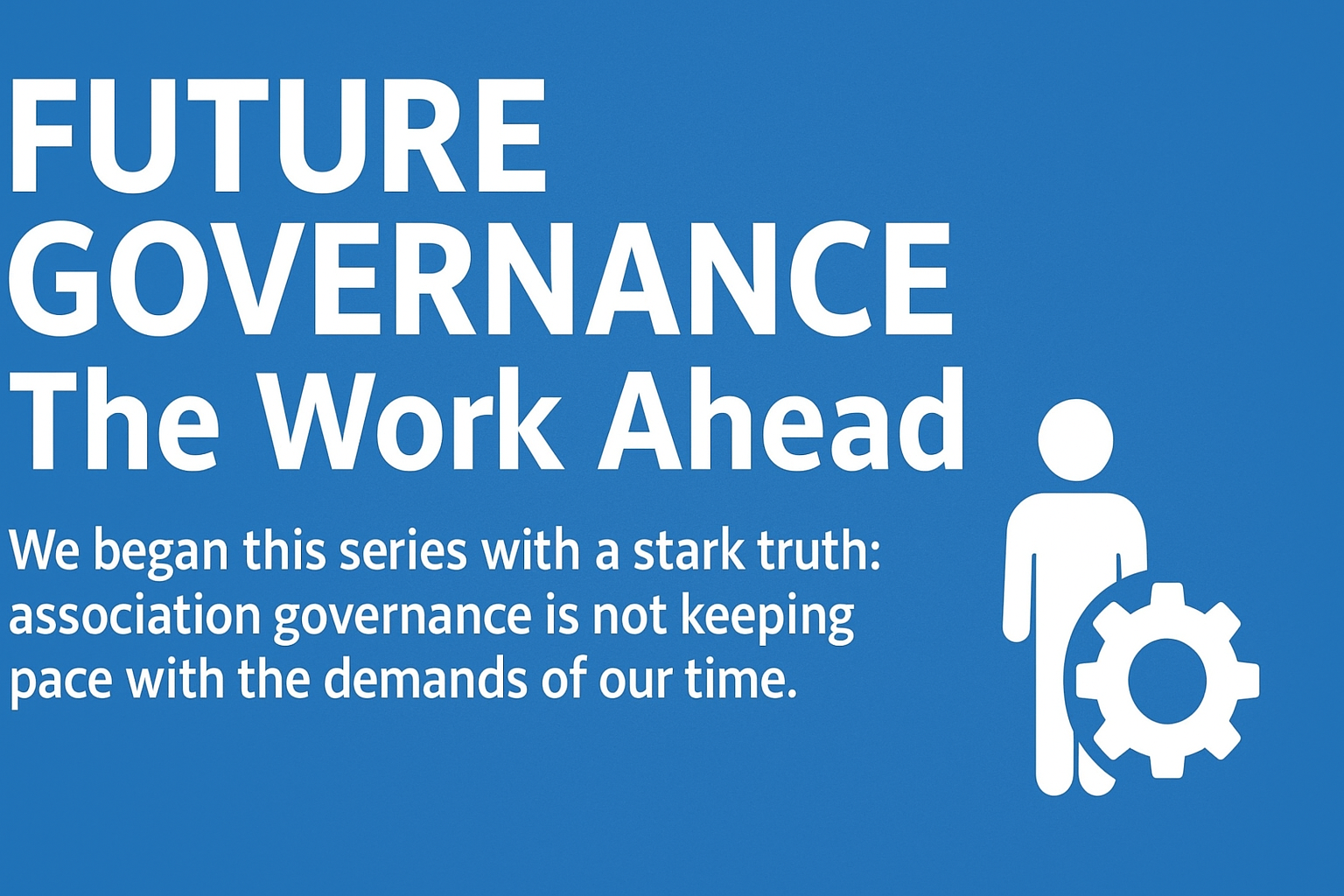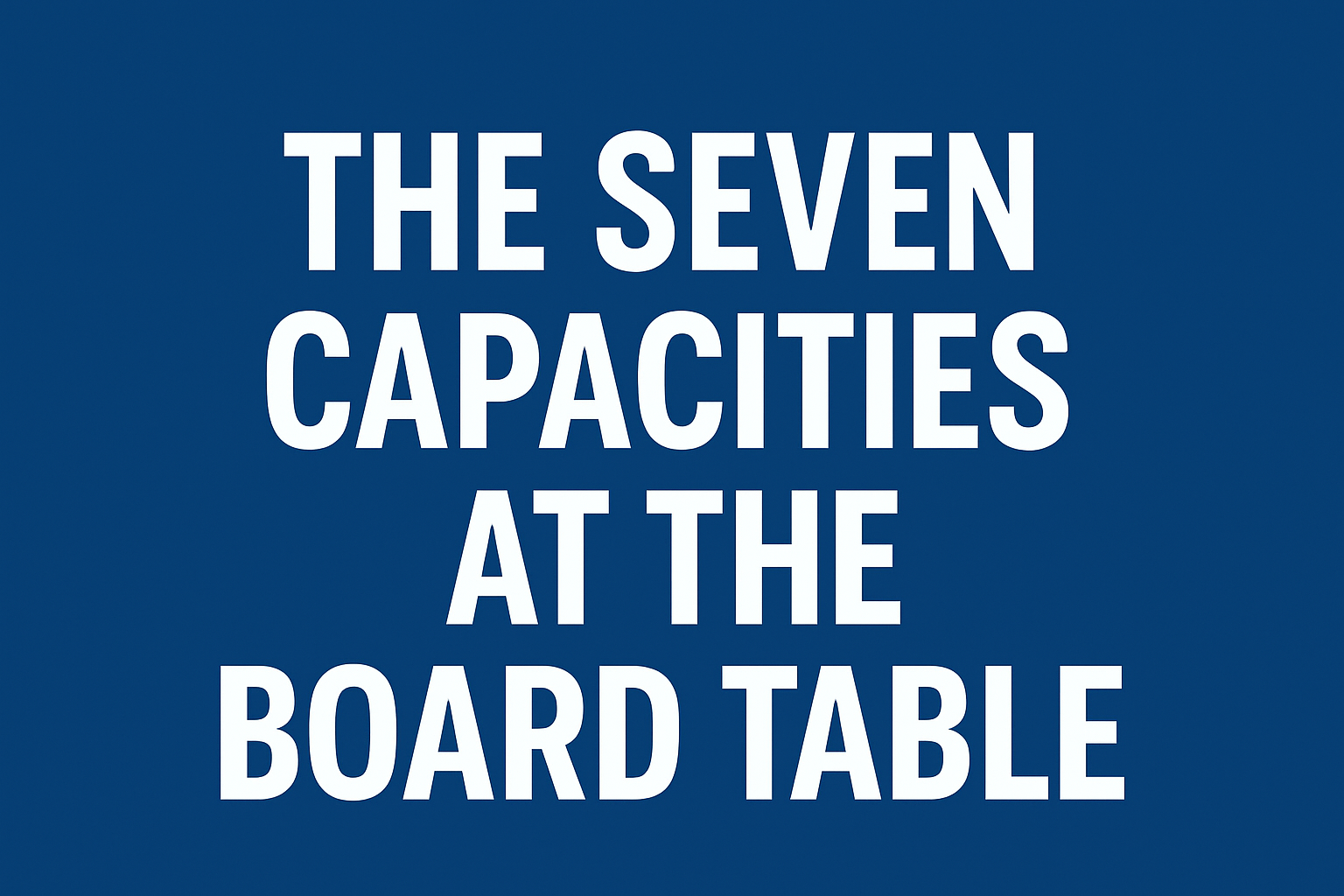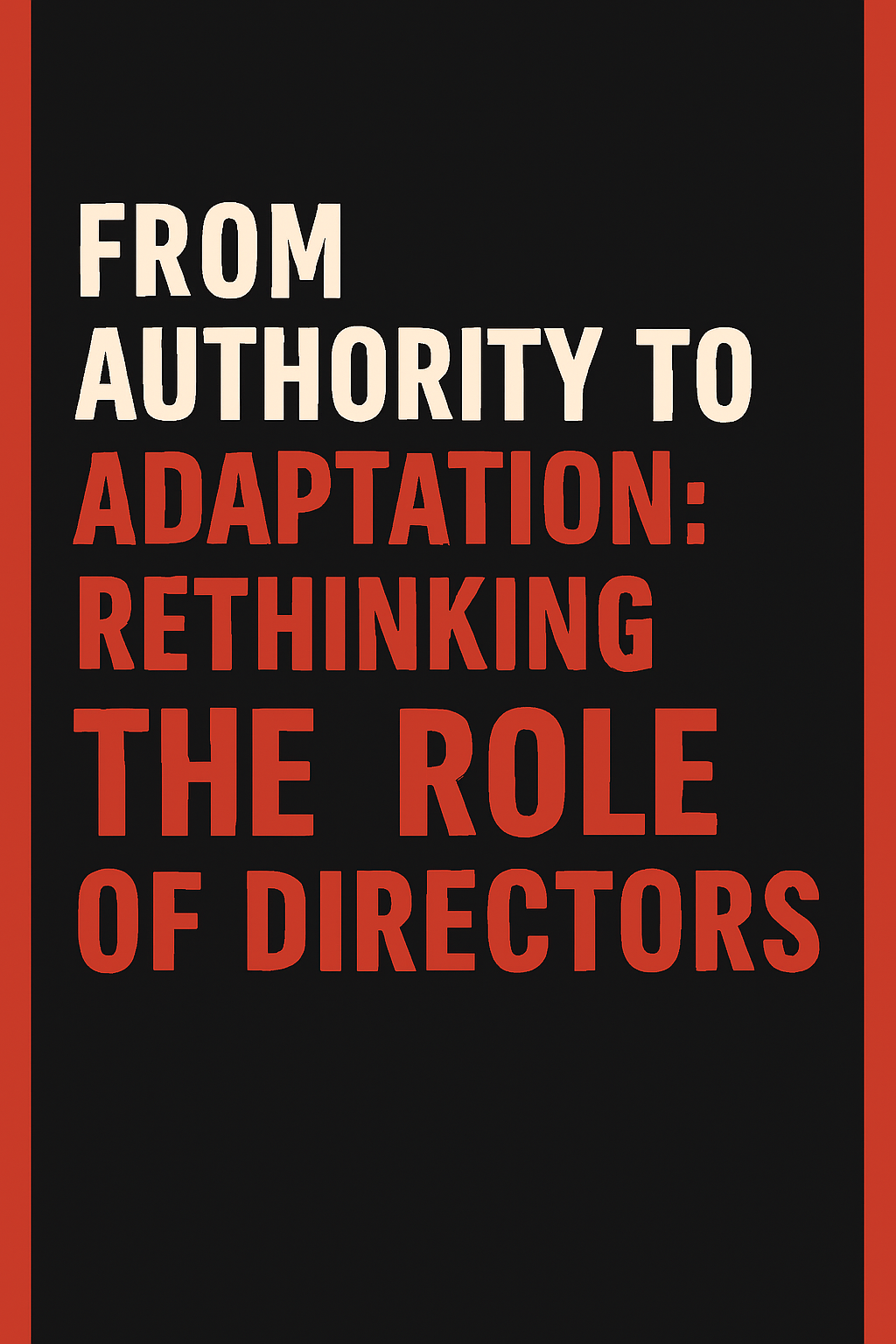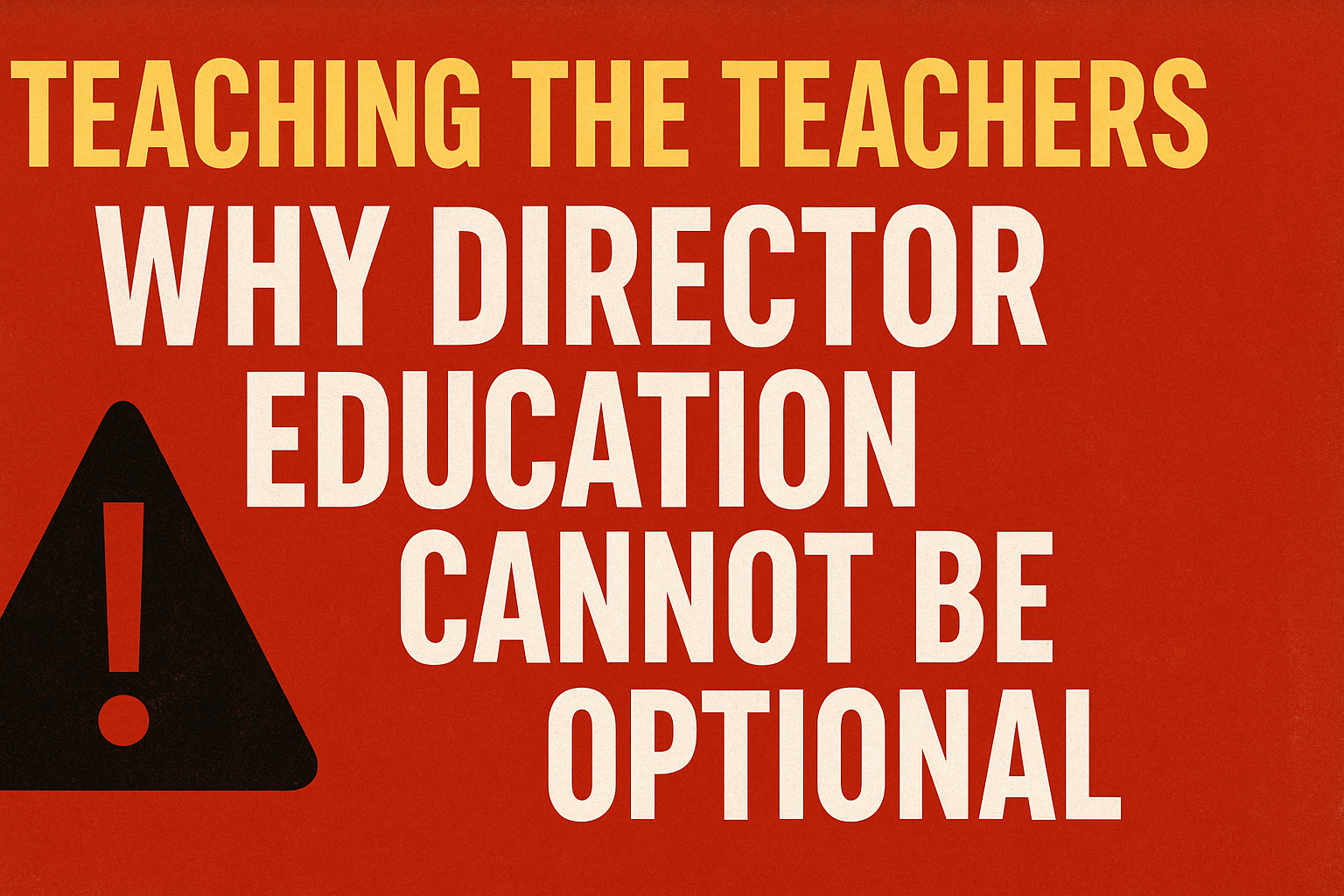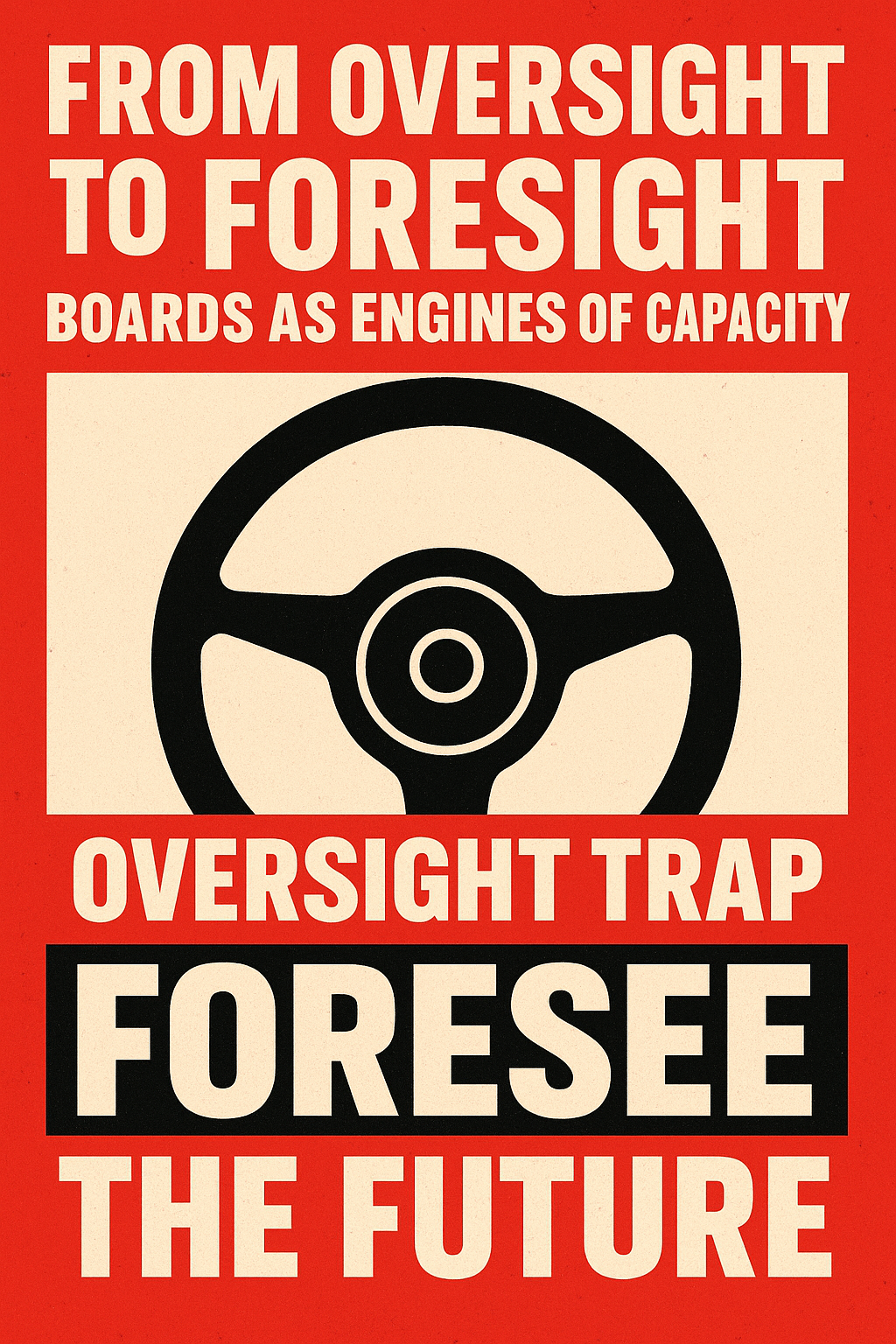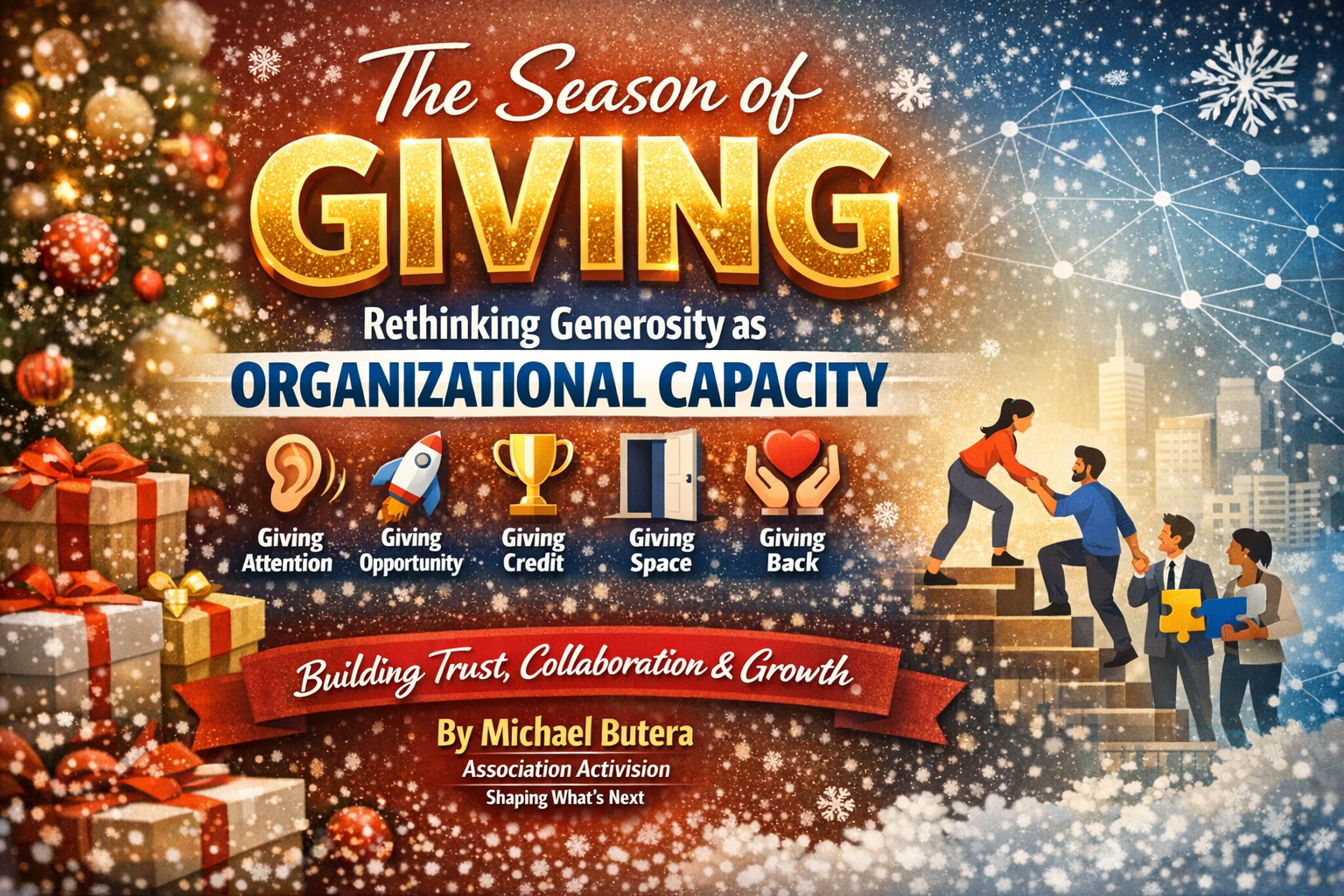
As the calendar turns toward December 25, we enter a season often defined by giving. Gifts exchanged, time shared, and gratitude expressed — it’s a moment when generosity becomes visible. But beyond the holiday traditions lies a deeper opportunity: to see giving as a strategic capacity that fuels organizational growth.
In mission-driven work, generosity is not only emotional; it’s structural. Associations grow stronger when they cultivate a culture of giving that extends beyond transactions — one where people share ideas, time, feedback, and trust. When generosity is embedded in leadership and culture, it transforms the way organizations interact with their members, volunteers, and staff.
Consider these forms of organizational giving:
- Giving Attention – The simplest and most overlooked gift is listening. Associations that listen deeply to members’ evolving needs gain insight that powers relevance and innovation.
- Giving Opportunity – Growth Happens When We Invest in People. Providing learning, leadership, and voice to others expands collective capacity.
- Giving Credit – Recognition strengthens relationships when leaders share success, and trust and engagement rise.
- Giving Space – Creativity requires room to explore. Associations that create psychological safety foster innovation and adaptability.
- Giving Back – Purpose-driven organizations remember that their strength depends on the communities they serve.
The true spirit of this season is not about the abundance of resources but the abundance of intent. Associations that lead with generosity build reservoirs of trust, collaboration, and goodwill — the very capacities that sustain growth through uncertain times.
As we approach the New Year, may we carry forward the generosity that defines this season. Let’s give more attention to purpose, more opportunities to people, and more credit to collaboration. Because in doing so, we strengthen not only our organizations but the communities that depend on them.
— Michael Butera
Association Activision | Helping Associations Shape What’s Next
#ASAE #StrategicCapacity #Innovation #Leadership #AssociationFutures #ShapeWhatsNext
